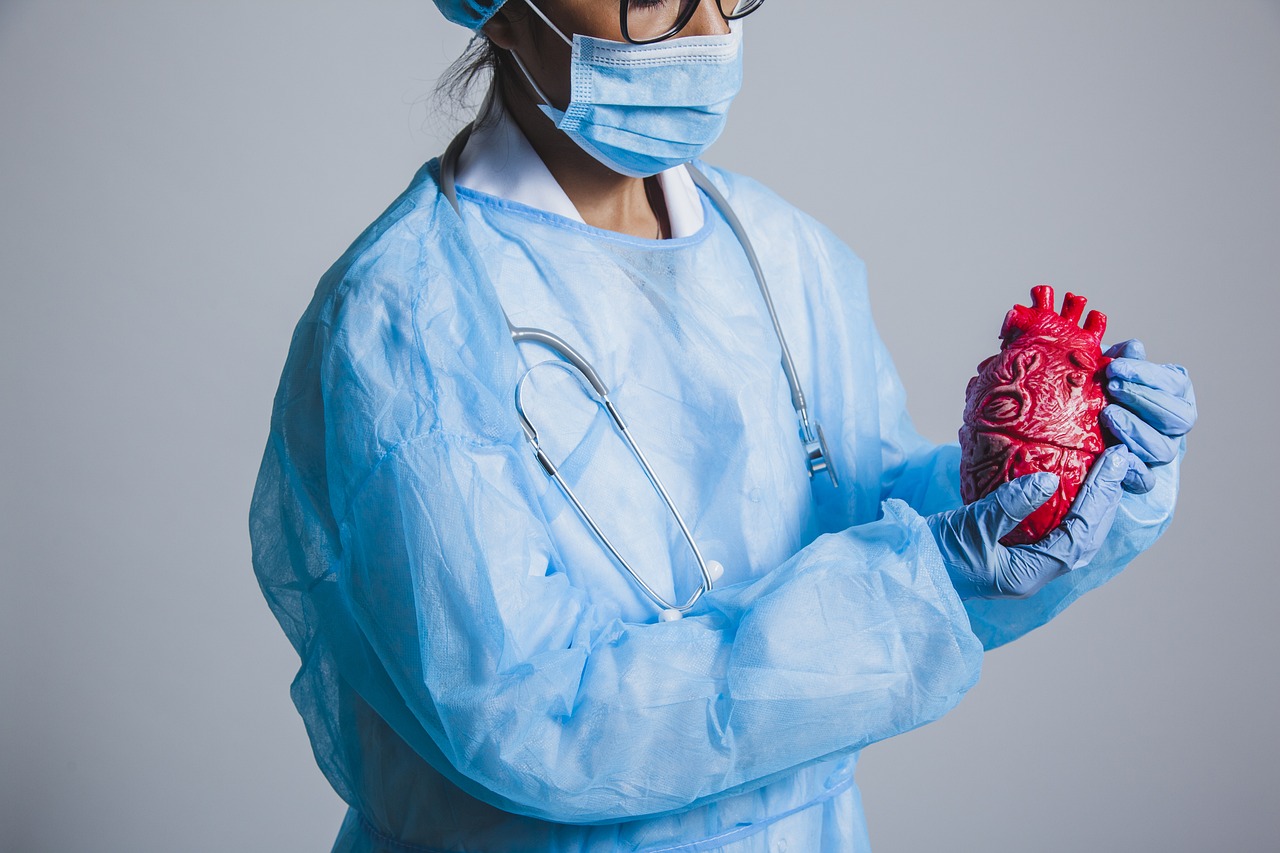In our real life, we often come across this problem, “I recently had back pain, may have kidney disease”, and some people joke that back pain is “kidney deficiency”. Many patients with low back pain often consult the nephrology clinic, and the doctor, after asking about the medical history, physical examination and laboratory tests, found that it is not kidney disease. In fact, there are many causes of low back pain, and low back pain caused by kidney problems is also one of the causes. So, which diseases can cause low back pain and how to determine whether the low back pain is caused by kidney disease or other diseases?
What conditions are commonly associated with low back pain and what are the characteristics of each of them?
(1) Lumbar muscle strain: This is a common disorder in nephrology outpatient clinics due to lumbar pain, which is commonly caused by overwork, inappropriate physical activities, lifting heavy objects or being in a fixed position for a long time, etc. It usually manifests as soreness and dull pain in the lumbar muscles, which is aggravated after exertion and relieved during rest. It usually manifests as soreness and dull pain in the lumbar region, which is aggravated after exertion and relieved when resting, with obvious pressure on both sides of the psoas major muscle.
(2) Lumbar intervertebral disc herniation: patients with lumbar intervertebral disc herniation often have a history of overloaded heavy lifting, and can also be caused by lumbar trauma. In recent years, the incidence of this disease, in the office work of the personnel increased significantly, is the lumbar muscle groups for a long time lack of exercise, lumbar muscle atrophy and caused. This disease can be sudden or slow onset, manifested as lumbar pain, bending pain aggravation, coughing or sneezing aggravation, can not bear weight, bed rest can have relief. With the aggravation of disc herniation, lower limb pain, numbness, sciatica, and even affecting the function of defecation and urination.
(3) Spondylitis: These diseases include ankylosing spondylitis, hyperplastic spondylitis, tuberculous spondylitis and so on. Ankylosing spondylitis is characterized by stiffness and pain in the lower back and spinal deformity. Hyperplastic spondylitis is characterized by morning lumbar pain, soreness and stiffness, but it can be relieved after activity, and the pain will be aggravated by too much activity. Tuberculous spondylitis is often combined with symptoms of tuberculosis toxicity, such as poor appetite, low afternoon fever, fatigue, and emaciation, in addition to low back pain and limitation of activity.
(4) Digestive system disorders: some digestive system disorders can also be manifested as low back pain, such as gastroduodenal ulcer, acute and chronic pancreatitis, chronic cholecystitis, etc. These disorders are often combined with other manifestations of digestive system disorders, such as acid reflux, belching, burping, anorexia of grease, epigastric pain and other symptoms, and with the eating has a clear relationship.
(5) Pelvic organ diseases: In this type of disease, if men experience lumbosacral pain, accompanied by frequent urination, urinary urgency, dysuria, increased nocturia, there may be inflammation of the prostate gland or prostatic hyperplasia. Women who often feel pain in the lumbosacral region and abdominal swelling may have chronic adnexitis, cervicitis, uterine prolapse, pelvic inflammatory disease or tumors.
(6) Kidney diseases: Kidney stones, acute and chronic pyelonephritis, and chronic kidney diseases can cause low back pain. Kidney stones and ureteral stones can show severe back pain, which is “like a knife twisting”. Patients often combined with nausea, sweating, urinary frequency, urgency, urinary pain, some patients will have fever. Acute and chronic pyelonephritis is common in women, acute inflammation, can be manifested in the lumbar pain, hidden pain, distension, can also be accompanied by chills, high fever, urinary frequency, urinary urgency, urinary pain. Patients with chronic kidney disease can also present with symptoms of low back pain, but more importantly, these patients often have edema, hypertension, proteinuria, hematuria, and can also be accompanied by varying degrees of renal impairment.
There are many diseases that cause low back pain, and you can’t just assume that low back pain means you have kidney disease. After the symptoms of low back pain appear, you should make initial self-judgment and choose the right department to see the doctor. If you suspect lumbar muscle strain, lumbar disc herniation, or spondylitis, you may need to register with orthopedics; if you suspect kidney problems, you need to register with nephrology. When registering, you can also consult the staff at the triage office to ensure that you are registered with the most appropriate department.


